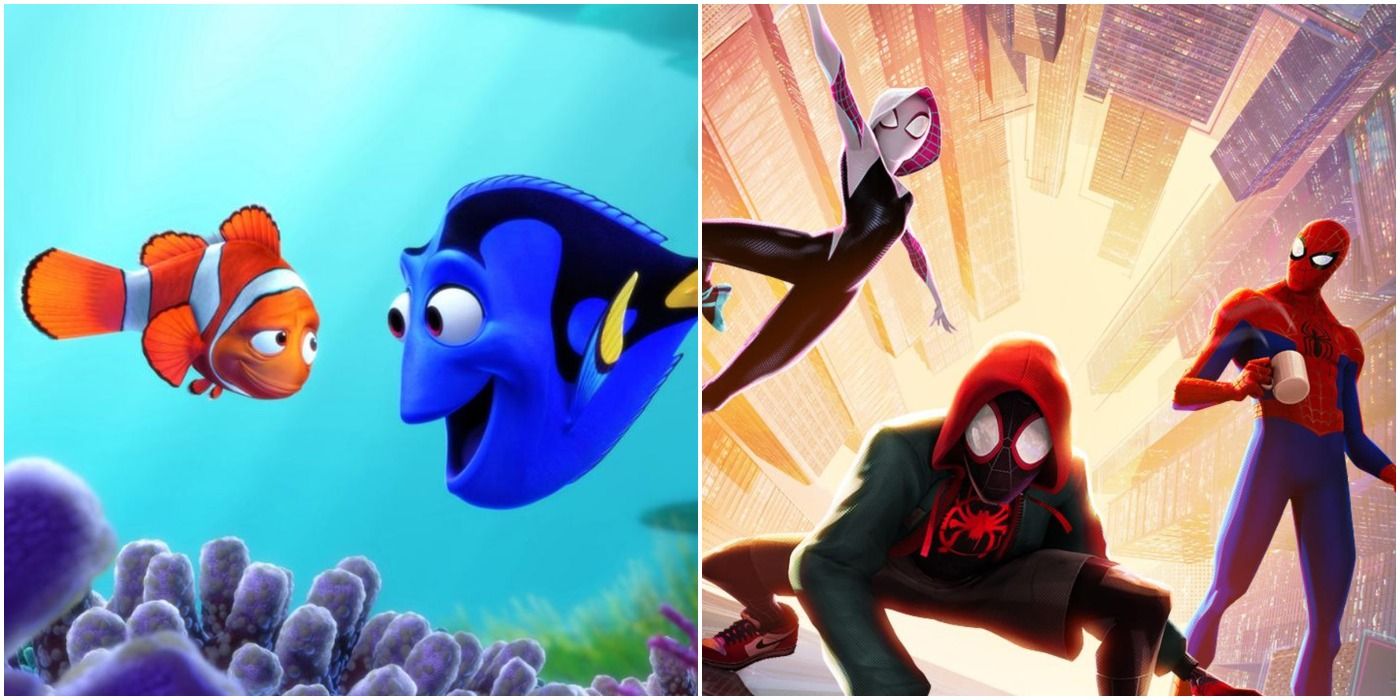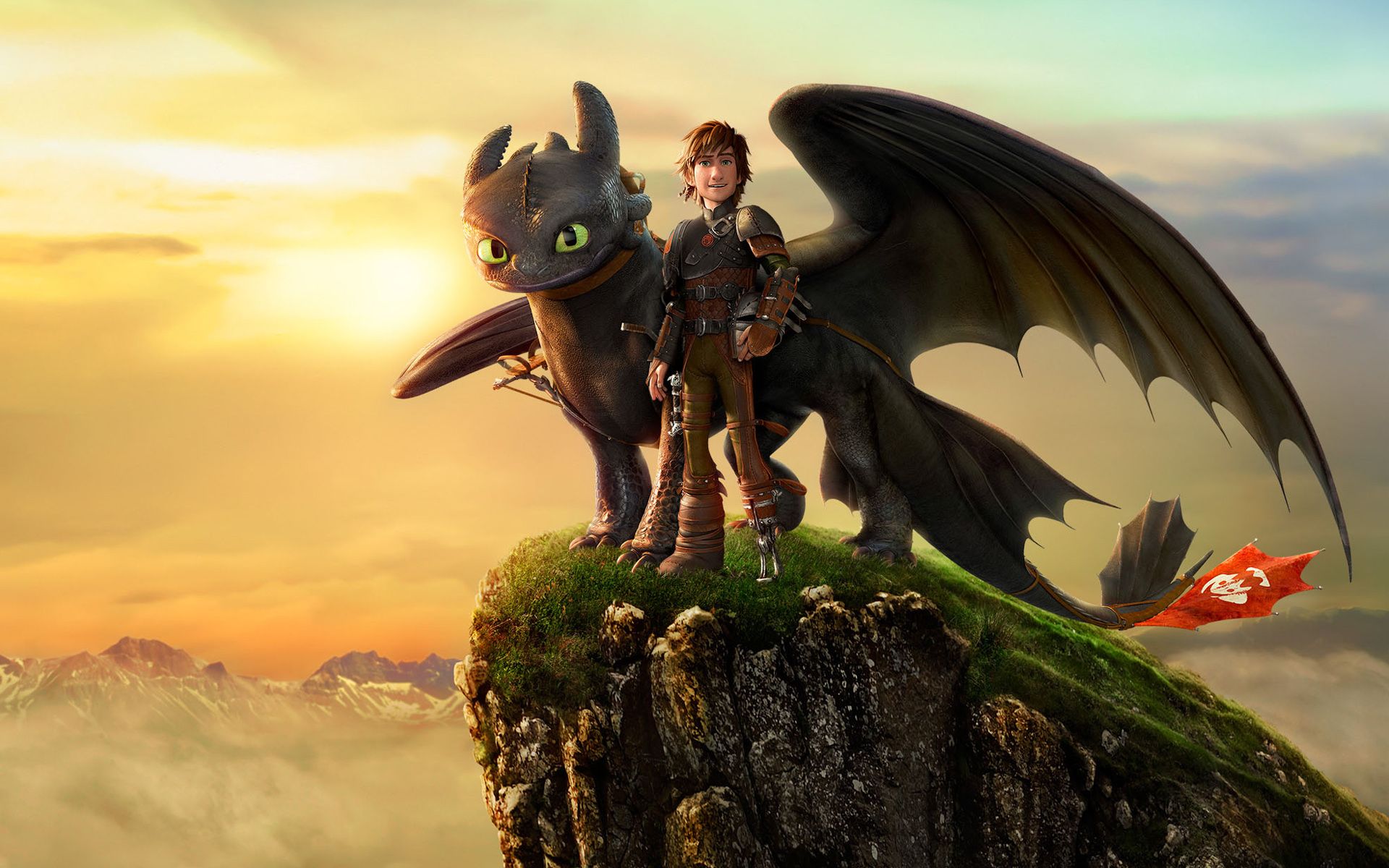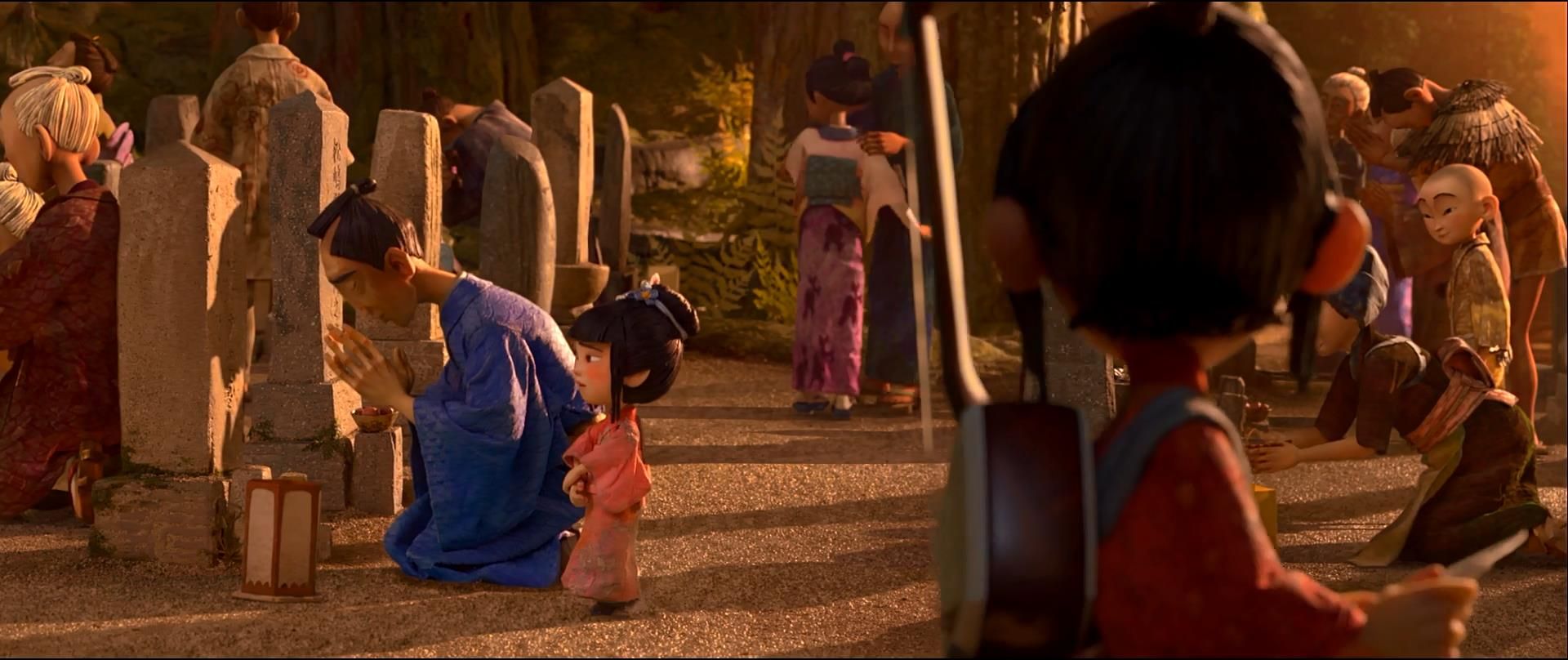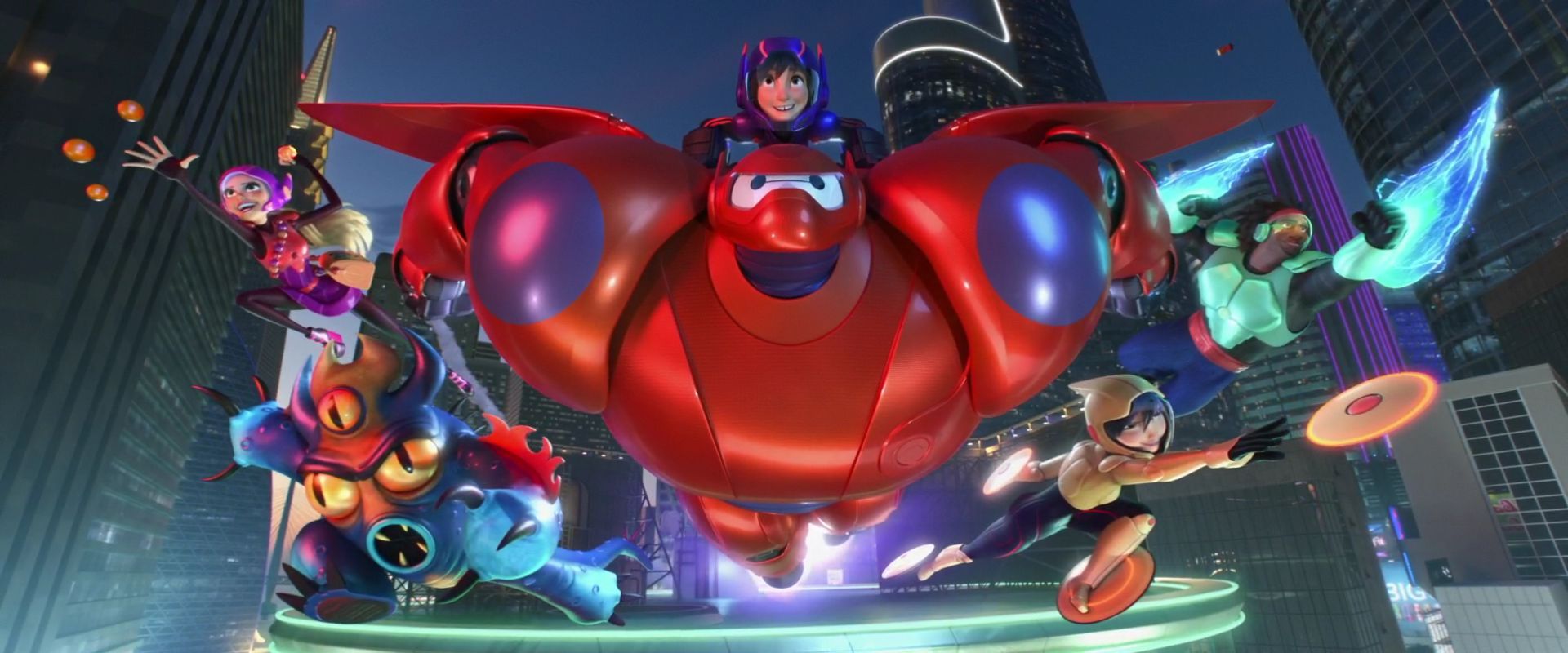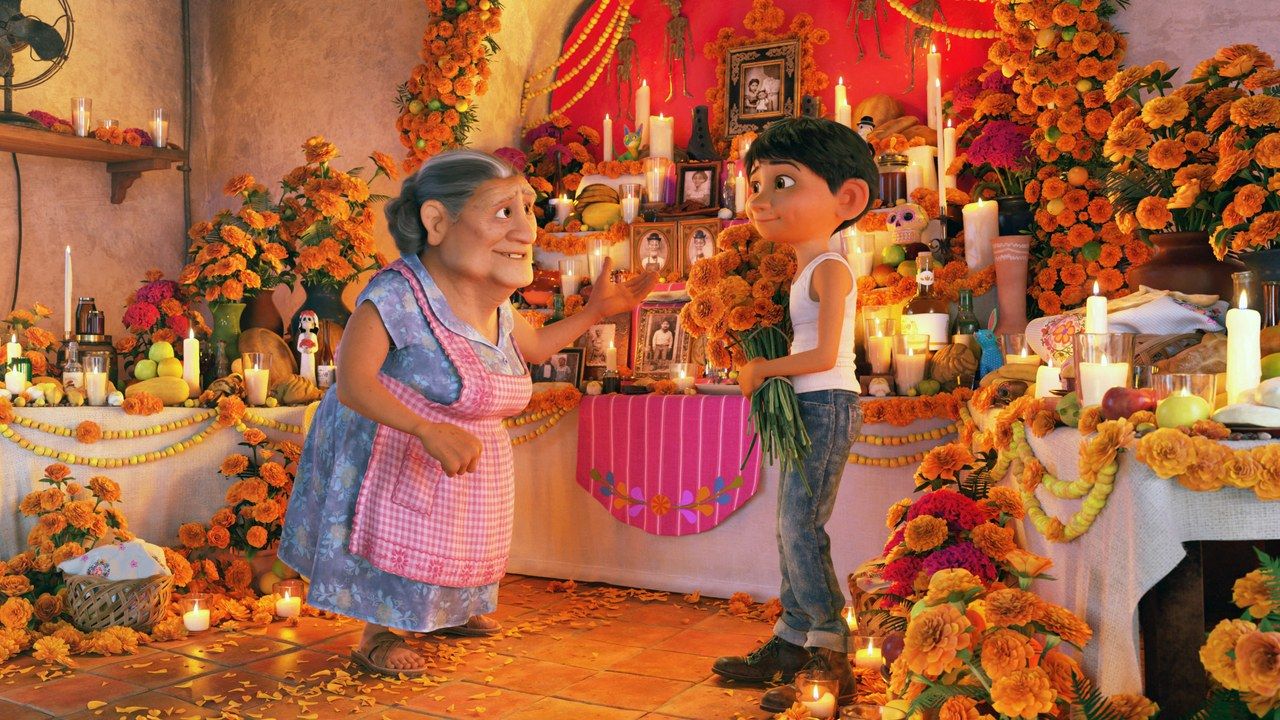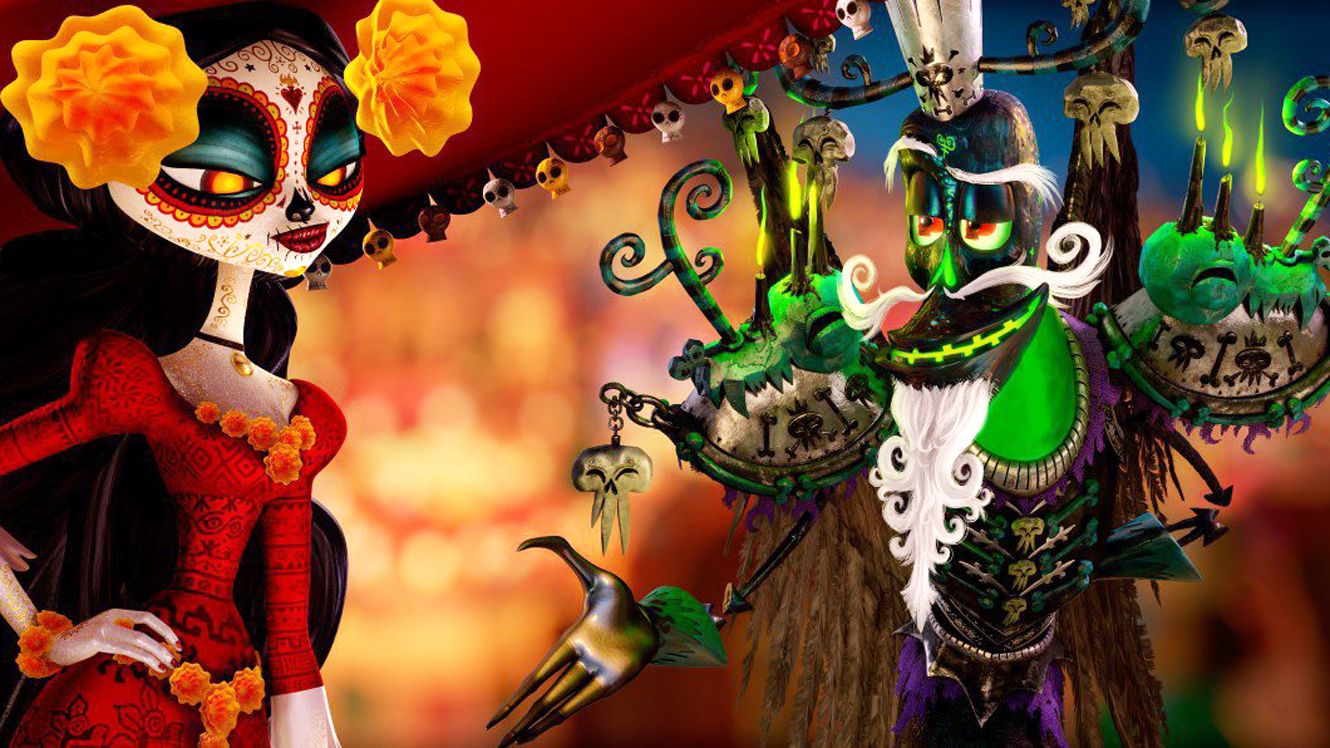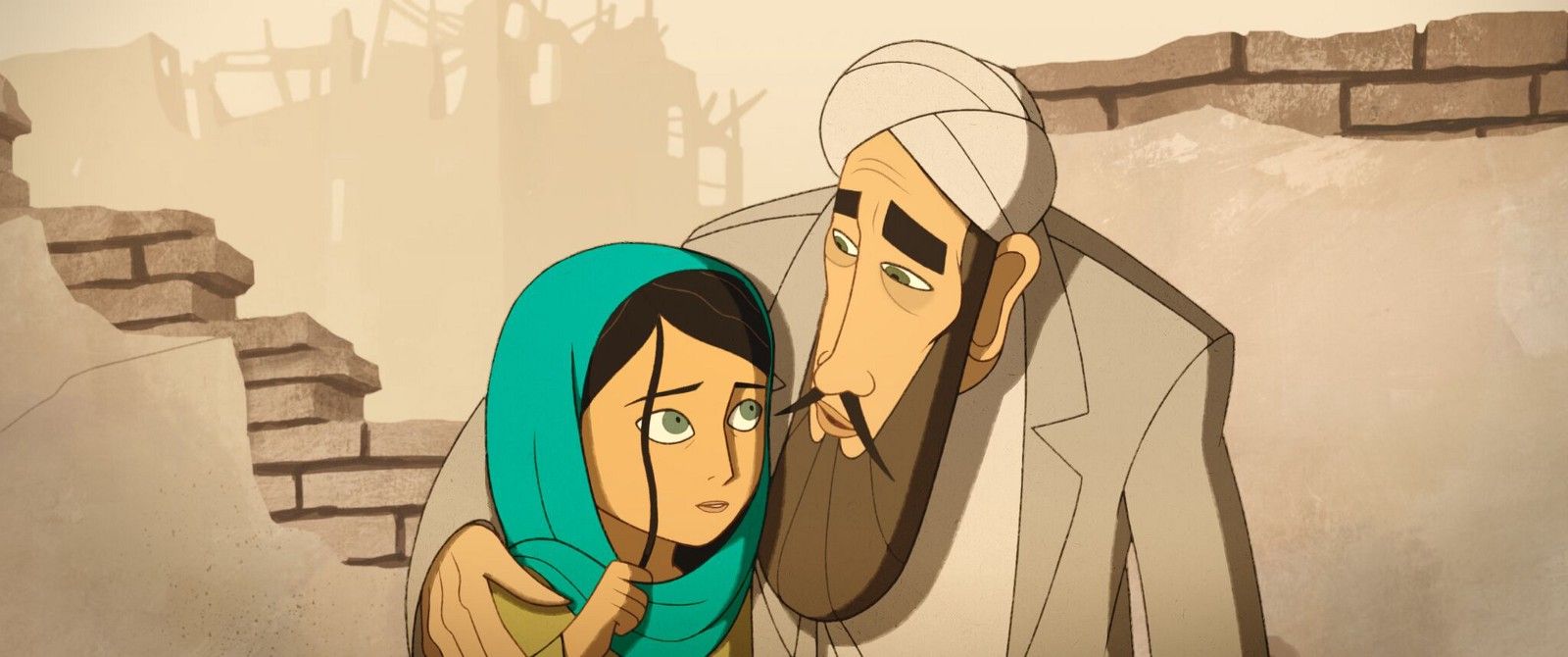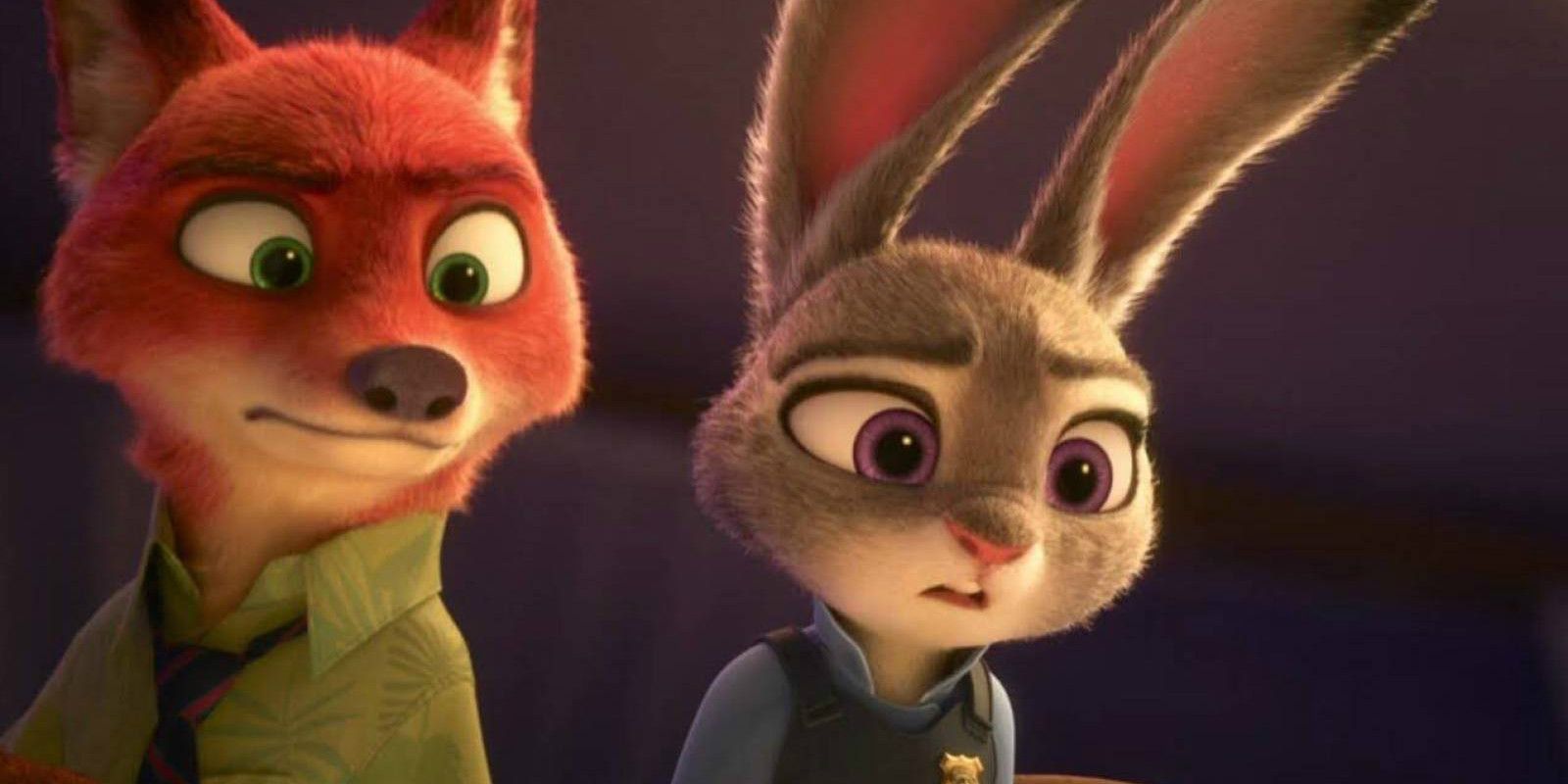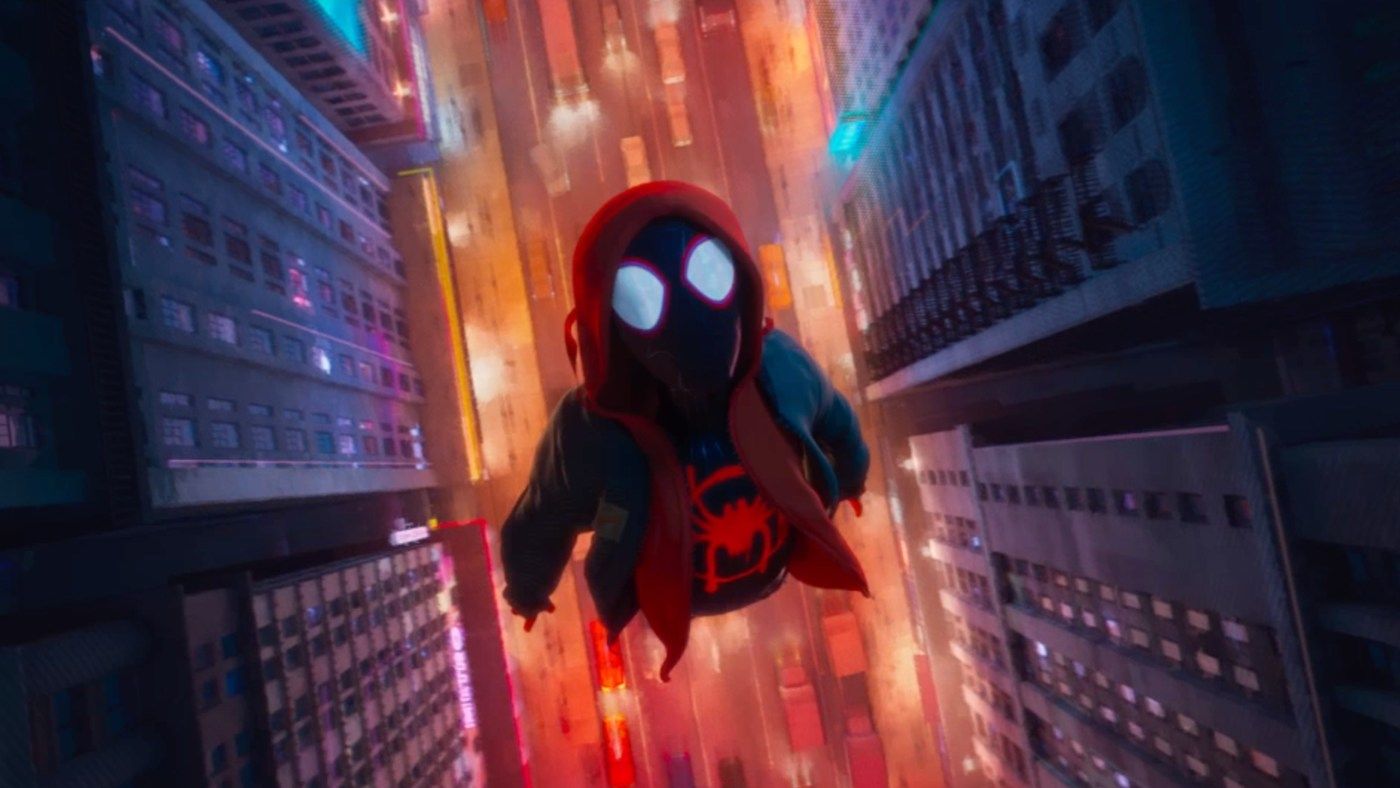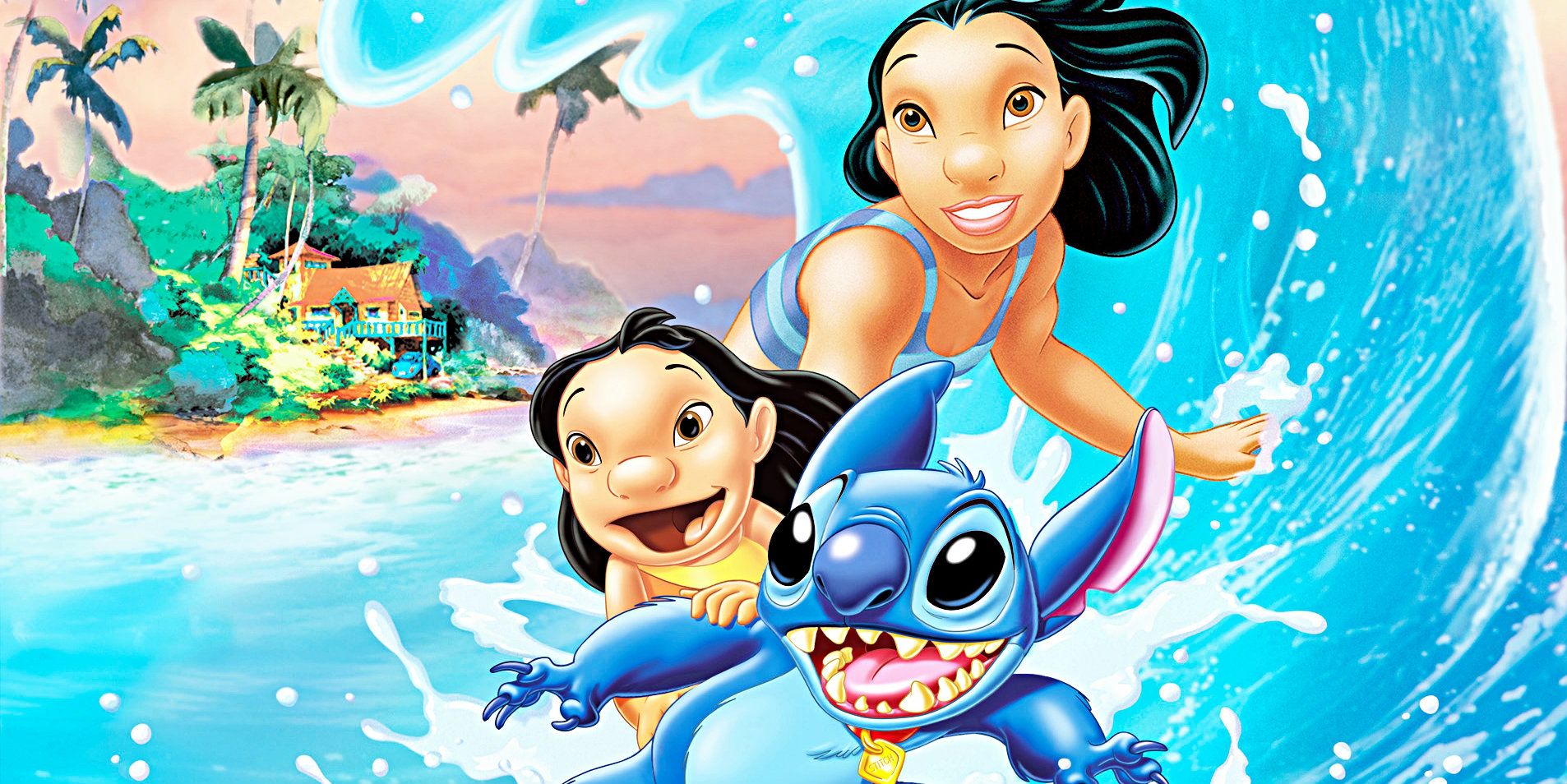In a more progressive social age, the call for inclusion and diversity in media is being heard loud and clear. We’re able to have gay characters on prime time shows and more people of color are making their way on and off-screen. It’s pretty uplifting to compare movies and TV from the last decade to today. There’s been some good strides made and while we’re not exactly where we want to be, we’re getting there little by little.
But diversity and inclusion still suffers a bit on the big screen for anyone young than say, 15 years old. Children’s television can still only go so far when portraying gay characters and it feels like studios still shy away from being as diverse as they could be for a younger audience. We’re here to highlight a handful of the most inclusive kids’ films. We’re broadening our horizons and really taking intersectionality into account. It’s easier to list off kids’ movies with actors of color, but how about those that deal with mental illness? Disability? LGBT characters?
Here are the 10 most inclusive kids’ films.
10. How to Train Your Dragon, Dreamworks
Might be a bit of an odd choice at first, but it’s actually a great example of portraying characters with disabilities without a disability being a “selling” point. More and more studios are getting onboard the diversity and inclusion train, which is great, but oftentimes, it becomes something of a marketing scheme.
How to Train Your Dragon has a wonderful message about self-worth, friendship, and being your best self despite the status quo. Hiccup and Toothless’s disabilities never serve as a way to pity the character or uplift them, rather, it’s a part of who they are. Also, Gobber is one of the few gay characters in children’s media. It started as an ad lib in How to Train Your Dragon 2, but director Dean DeBlois liked it so much, they kept it as part of Gobber’s story.
9. Finding Dory, Pixar
Yes, a movie full of fish made it. Why? It’s so hard to compare to Finding Nemo, especially when that movie took the world by storm and left us begging for more for a decade. While Finding Dory fell short of some expectations, it explored the serious side of Dory’s short term memory loss. While still played as a joke, it held more weight in this movie given that Dory is more challenged by this disability than before.
It teaches children the right way to approach someone who may have a mental disability and to never look down on those who do. Dory’s an incredibly creative thinker and in the end, saves the day without changing who she is. Oh, and there was a blink-and-you’ll-miss-it (implied) lesbian couple with a child.
8. Kubo and the Two Strings, Laika
Kubo and the Two Strings finds its story in feudal Japan. You can tell Laika did its research. Though the location of the film is never specified, based on the landscape, Obon (or just Bon) festival, and costumes, we can pin it down to Shikoku. Makes sense, given that Kubo’s mother crosses the ocean to Shikoku in a desperate bid to escape the Moon King. She most likely fled from the mainland.
Kubo draws eyes to a very common, but unknown amongst its target audience, Japanese tradition. Not only does it teach us about the customs and reason of the Bon festival, but uses it as a storytelling vessel with stunning visuals and a tear-jerking lesson in forgiveness and empathy.
7. Big Hero 6, Disney
Big Hero 6 is 5 Stages of Grief narrative disguised as a diet Marvel superhero story. The central conflict revolves around Hiro struggling to come to terms with his brother’s death. Baymax, the squishy healthcare robot, takes the time to not only evaluate Hiro physically but mentally as well. Mental health falls under his healthcare protocols, but Baymax makes the update himself once he realizes what Hiro’s afflicted by. Depression, by the way. It’s depression.
Not only does Big Hero 6 demonstrate the grieving process, but went out of its way to diversify its cast. Hiro and Tadashi are half-Japanese, Honey Lemon is Hispanic, GoGo is Korean, and Wasabi is black. Sorry Fred, you’re the odd one out here. Also, every character is played by an actor of the same race and/or background.
6. Coco, Pixar
Coco faced some understandable controversy when Disney tried to trademark Day of the Dead, but they didn’t get it and Pixar delivered on a beautiful movie exploring the customs of Dia de los Muertos. From the Riveras’ ofrenda to the stunning depiction of the Land of the Dead, Coco offers a story not of individuality, but of the importance of family and the sacrifices every member makes. It also has one of the best plot twists ever.
The film encapsulates the spirit of Dia de los Muertos wonderfully. When it premiered in Mexico during Dia de los Muertos, Twitter was full of crying and praises. Thankfully, Coco is still on Netflix (including the Spanish version), so go watch it before it moves to Disney+.
5. The Book of Life, Reel FX Creative Studio
Leading up to Hollywood’s bigger push for POC creators, Jorge R. Gutierrez brings us The Book of Life. If you recognize the art style or the name, it’s probably because you watched El Tigre: The Adventures of Manny Rivera as a kid. Yep, that was him.
Being backed by so many Mexican Americans, The Book of Life definitely delves more into the traditions and folklore of Dia de los Muertos than Coco does and doesn’t really hold our hand through any explanation. If you don’t get the in-jokes, you don’t get them. And that’s ok! But it prompts us to learn more on our own. Also, we’d totally watch an entire movie of Xibalba and La Muerte bickering and being petty. Yes, please.
4. The Breadwinner, Cartoon Saloon
Please note that this movie is PG-13 for thematic elements that go along with telling a story about a family in Afghanistan living under the Taliban in 2001. But it’s an important look at another culture and way of life.
The film does well in not making us pity Parvana. She comes up with the idea to dress as a boy to help her family and, ultimately, gets her father back with the resources and information she’s acquired. As the United States allows itself to talk about Middle Eastern culture, it’s important to remember the citizens, those trying to live their lives to the best of their ability and preserve their way of life. The Breadwinner brings attention to this and hopefully will be one of many more to accurately portray something we’re so far away. The Breadwinner is available to stream on Netflix.
3. Zootopia, Disney
Sure, it’s an entire movie about animals, but it’s one of the best examples of breaking down racism in an understandable way for kids. Some people found it preachy but having it all wrapped up in a buddy-cop story definitely makes the racial themes second and puts the story and characters first.
Zootopia also highlights a good life transition in which most of these societal problems become apparent. Many kids from suburbs may see racism for the first time when moving to a city or other area with more diversity in race, income, and sexuality. Also, Judy’s argumentative neighbors are gay. Jared Bush (director and writer on Zootopia) confirmed it on Twitter.
2. Spider-Man: Into the Spider-Verse, Sony Pictures Animation
Spider-Man: Into the Spider-Verse shook up the feature animation world something fierce, reviving the once thought dead form of tradigital animation. Spider-Verse isn’t just a good Spider-Man story, but a beautiful look at NYC through other eyes.
Miles Morales is half-Puerto Rican and half-African American, seamlessly switching between English and Spanish in his household. He offers such a unique take on Spider-Man, given his upbringing in Brooklyn and recent school transfer to the charter school Brooklyn Visions Academy. Though it’s only touched upon in the film, Miles feels out of place in this new school, given how different the environment is compared to the public school he attended. Because of the new spotlight cast on Miles, many kids within the black and Latinx communities found a new interest in Spider-Man and connected to Miles. Seriously, Twitter is full of heartwarming stories and everyone indeed wearing the mask.
1. Lilo & Stitch, Disney
This might come as a surprise given, you know, Spider-Verse. But Lilo & Stitch reigns as number one due to its commitment in portraying the people of Hawaii. If you’re from the USA mainland, we see Hawaii as a state and don’t necessarily understand its history or the type of treatment the indigenous people received as a result to its induction into the country. Other subjects that the movie explores is the foster system and the position social workers are put in, how to take a romantic rejection respectfully (David’s the real MVP), and the concept of found family.
The film has a diverse cast and for the most part, characters are played by actors of the same race. The biggest exception is Daveigh Chase, but given that she around 10 years old at the time of voicing Lilo, we can chalk that up as an actor being right for the part. Also, Jumba and Pleakley, though never officially confirmed, read as a gay couple. At the very least, Pleakley is not straight. Not that gender probably matters much to aliens. But still. Thank you, Pleakley, for telling boys it’s ok to wear wigs and dresses.

